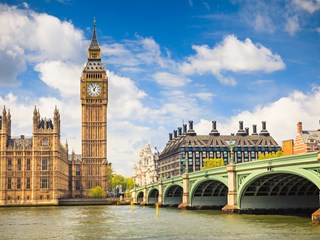
Edinburgh is the cheapest place to get health insurance, paying 15.74% less than the national average.
Londoners, on average, pay £108.63 a month for health insurance, which is over a quarter more expensive than the national average at £86.07 per month.
This is according to myTribe, which used eight different insurance providers and over 700 quotes to determine these figures.
By contrast, Edinburgh was the cheapest place in the UK to purchase health insurance, with an average of £71.30.
The difference in quotes depends on a variety of factors. These include the cost of treatment for private hospitals near you, the claim rate of your postcode, how affluent your area is, and how many policy holders exist in your postcode.
The extent to which these factors will affect your claim depend on your insurer.
These figures included the quotes for restricted, guided, and unrestricted, or non-guided, consultants.
If you take out an insurance policy which includes “guided consultants” then you are only limited to a selected group of medical practitioners in case of illness or injury.
As a result, these premiums are typically lower than those who have unrestricted access to a medical practitioner of their choosing.
myTribe estimates including guided consultants in your insurance plan will decrease your premium by 20%.
The study structured its research by quoting insurance premiums for 20 to 70-year-olds at 10 year intervals.
Average restricted and unrestricted consultant premiums for 20-year-olds were recorded at £32.84 and £40.64 respectively. In contrast, these same averages for 70-year-olds stood at £163.81 for restricted consultant access and £195.79 for unrestricted consultant access.
This means prices are nearly 400% higher for a 70-year-old vs a 20-year-old.
Despite this, prices typically increased between 25% and 33% for every 10 year interval until the age of 50. After this, the average price jumped 44% between 50-year-olds and 60-year-olds and 59% between 60 and 70 years old.
Information is correct as of the date of publication (shown at the top of this article). Any products featured may be withdrawn by their provider or changed at any time. Links to third parties on this page are paid for by the third party. You can find out more about the individual products by visiting their site. Moneyfactscompare.co.uk will receive a small payment if you use their services after you click through to their site. All information is subject to change without notice. Please check all terms before making any decisions. This information is intended solely to provide guidance and is not financial advice. Moneyfacts will not be liable for any loss arising from your use or reliance on this information. If you are in any doubt, Moneyfacts recommends you obtain independent financial advice.